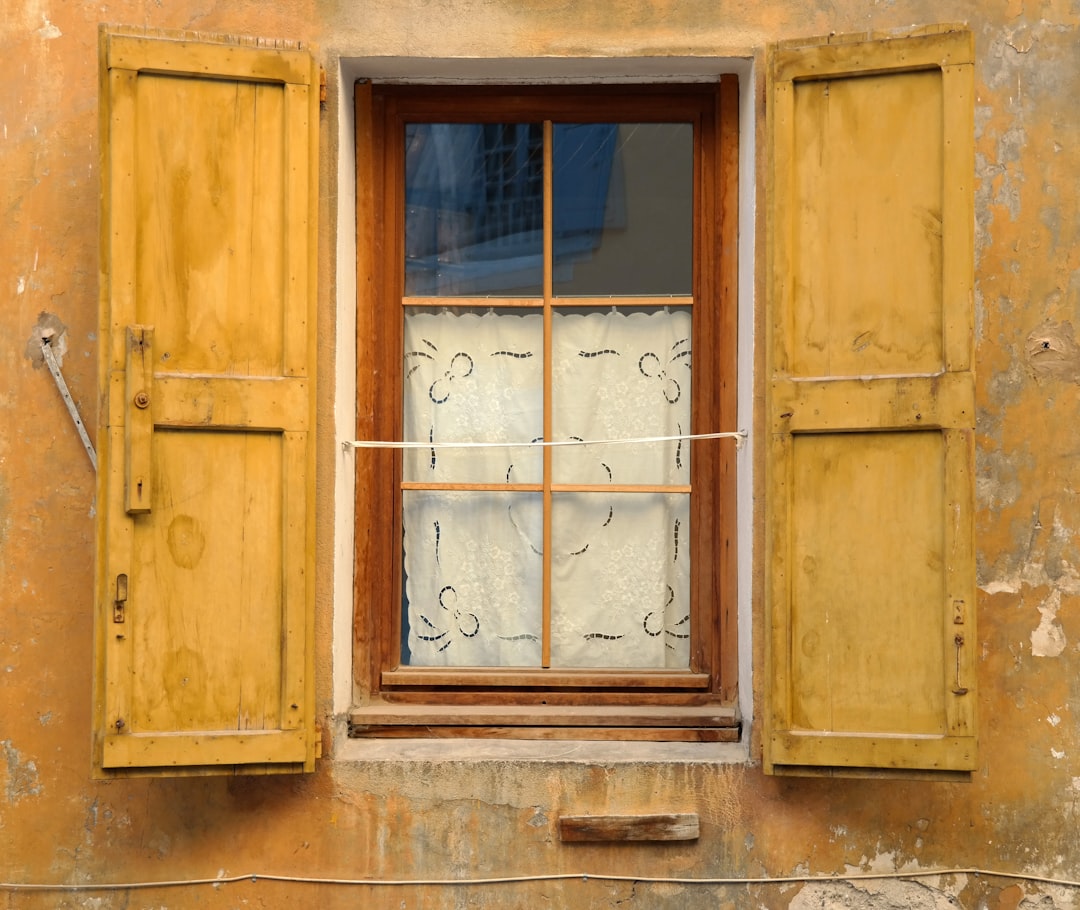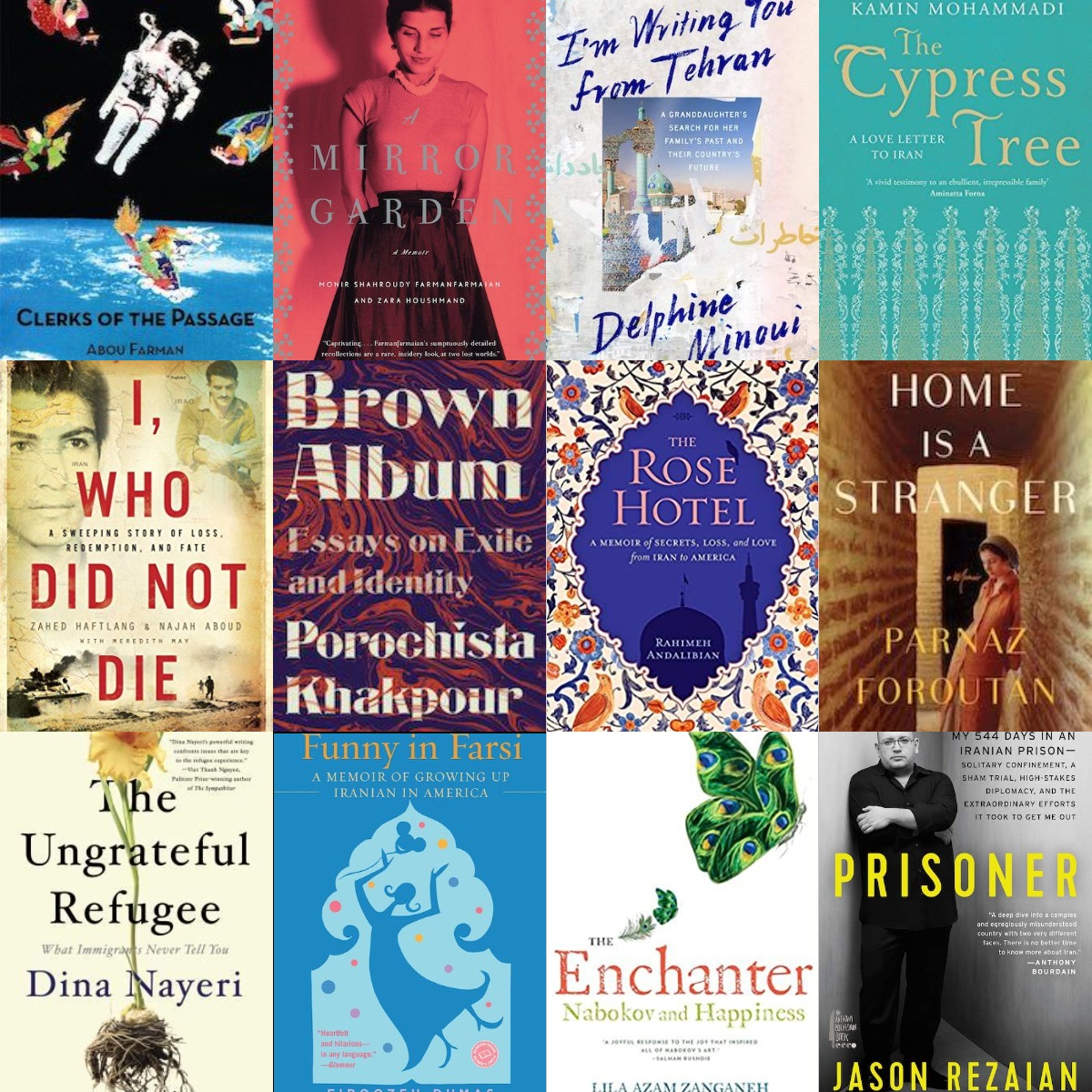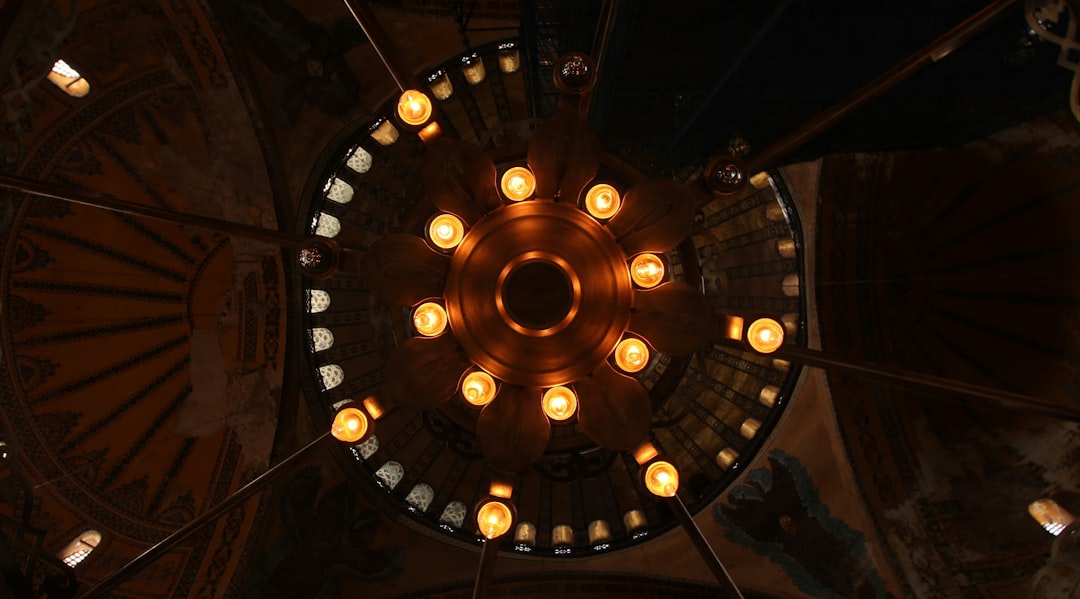In the grand tradition of Persian literature—famed for its mystical poetry and epic verse—the short story is a relatively modern form. Yet over the past century, it has evolved into one of the most expressive and accessible genres in Iranian literary life. Persian short stories, compact in form but vast in depth, offer powerful snapshots of society, culture, and the human psyche. From the turbulence of revolution to the quiet struggles of daily life, these stories provide a window into contemporary Iran—its complexities, contradictions, and resilience.
A Brief History: From Experiment to Artform
The Persian short story found its footing in the early 20th century as Iran grappled with modernization, colonial pressure, and constitutional change. Mohammad Ali Jamalzadeh, with his 1921 collection Yeki Bud Yeki Nabud (“Once Upon a Time”), is credited with launching modern Persian prose. His stories used colloquial language and satirical realism to bridge the gap between tradition and modernity.
By the 1930s and 40s, Sadegh Hedayat elevated the short story to an art form. His dark, introspective tales such as “Three Drops of Blood” and “The Stray Dog” delve into alienation, cruelty, and despair, often framed through allegory and symbolism. His influence shaped generations of writers to come.
Themes That Reflect a Nation
What makes Persian short stories so enduring is their engagement with the key questions of Iranian life. Across decades, certain themes recur—not as clichés, but as reflections of a society negotiating change, identity, and meaning.
1. Identity and Alienation
In both pre- and post-revolutionary Iran, writers have explored the fractured sense of self brought about by political repression, Westernization, exile, or societal expectations. Characters often feel lost—caught between tradition and modernity, religion and secularism, home and abroad.
2. Social Critique
Writers like Bozorg Alavi, Gholam-Hossein Saedi, and Simin Daneshvar used the short story to critique class divisions, patriarchy, and political corruption. Their stories are subtle yet sharp, layered with metaphor and irony.
3. Women's Voices
In the late 20th and early 21st centuries, women writers have transformed the genre. Figures like Zoya Pirzad, Shahrnush Parsipur, and Farkhondeh Aghaei give voice to female interiority, desire, and resistance—often within domestic settings that reveal broader societal tensions.
4. Life Under Restriction
Whether navigating censorship or reflecting on limitations placed on expression, belief, or love, many stories—especially post-1979—offer coded critiques. Symbolism and allegory become essential tools to speak truth in a repressive climate.
5. The Diaspora Experience
Iranian writers in exile—like Goli Taraghi or Nahid Rachlin—write stories rich with nostalgia, displacement, and cultural duality. Their works often examine what it means to belong when torn between two worlds.
Style and Form: Innovation in Brevity
Persian short stories vary in tone and structure—from the realist to the surreal, from sparse minimalism to poetic lushness. But they all share a deep attention to language and atmosphere.
-
Minimalist Realism: Stories by writers like Houshang Golshiri capture life with quiet precision.
-
Magical Realism: Others, like Tirdad Zolghadr or Moniro Ravanipour, blur the line between the real and the magical, using fable-like structures.
-
Experimental Form: Some stories are fragmented, nonlinear, or use shifting perspectives—reflecting the fractured realities they portray.
Contemporary Voices and Global Reach
Today’s Persian short stories are as diverse as Iran itself. They are written in Persian, English, and other languages by authors both inside and outside Iran. Writers like Fereshteh Molavi, Mahsa Mohebali, Kaveh Akbar, and many others are expanding the boundaries of the form.
-
Inside Iran, authors often use metaphor and subtlety to tell stories that resonate with political and social truths.
-
In the diaspora, there's a broader freedom of form and theme, with stories engaging with exile, memory, and identity.
Many of these works are now being translated and shared globally, thanks to platforms like Asymptote, Words Without Borders, and publishers like Mage, Syracuse University Press, and Archipelago Books.
Why Read Persian Short Stories?
Because in just a few pages, they can:
-
Introduce you to the heartbeat of a culture
-
Reflect the inner life of people living under pressure
-
Make the political deeply personal
-
Offer beauty, sorrow, humor, and humanity in equal measure
These stories don’t just tell you what Iran is—they let you feel it.
Final Thoughts
The Persian short story may be short in length, but it is vast in scope. It captures the soul of a people, a nation, and a culture in motion. For readers seeking to understand modern Iran beyond the headlines, or for lovers of literary craft, this genre is a treasure trove.
Whether it’s a girl dreaming of escape, a soldier haunted by war, a housewife confronting silence, or an exile chasing memory—every story is a window.
And when you open it, you might just catch the scent of jasmine, hear the echo of a call to prayer, or feel the heartbeat of Tehran at midnight.
Looking for recommendations? Let me know—I'd be happy to curate a list of Persian short stories to start with.





